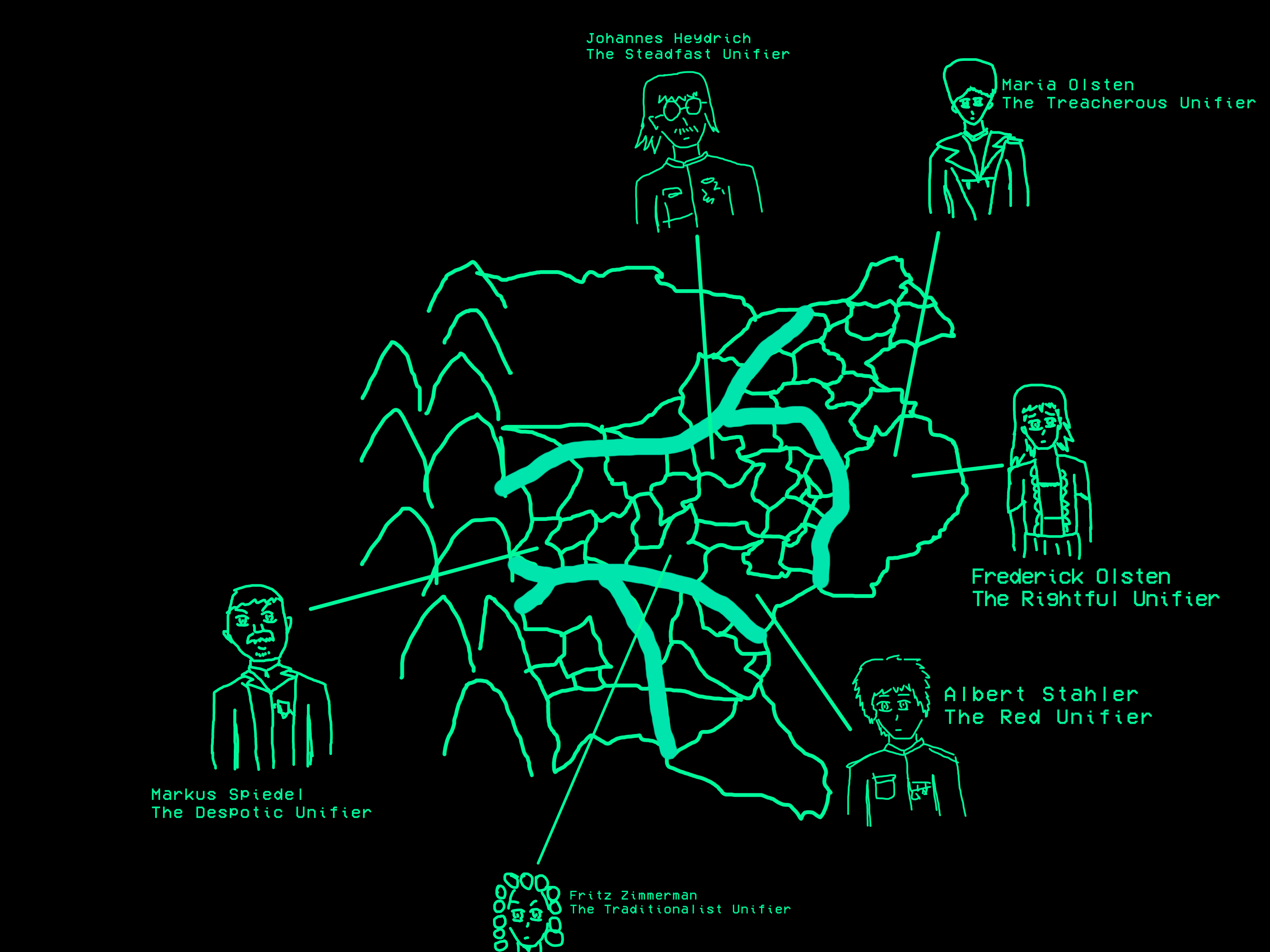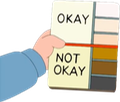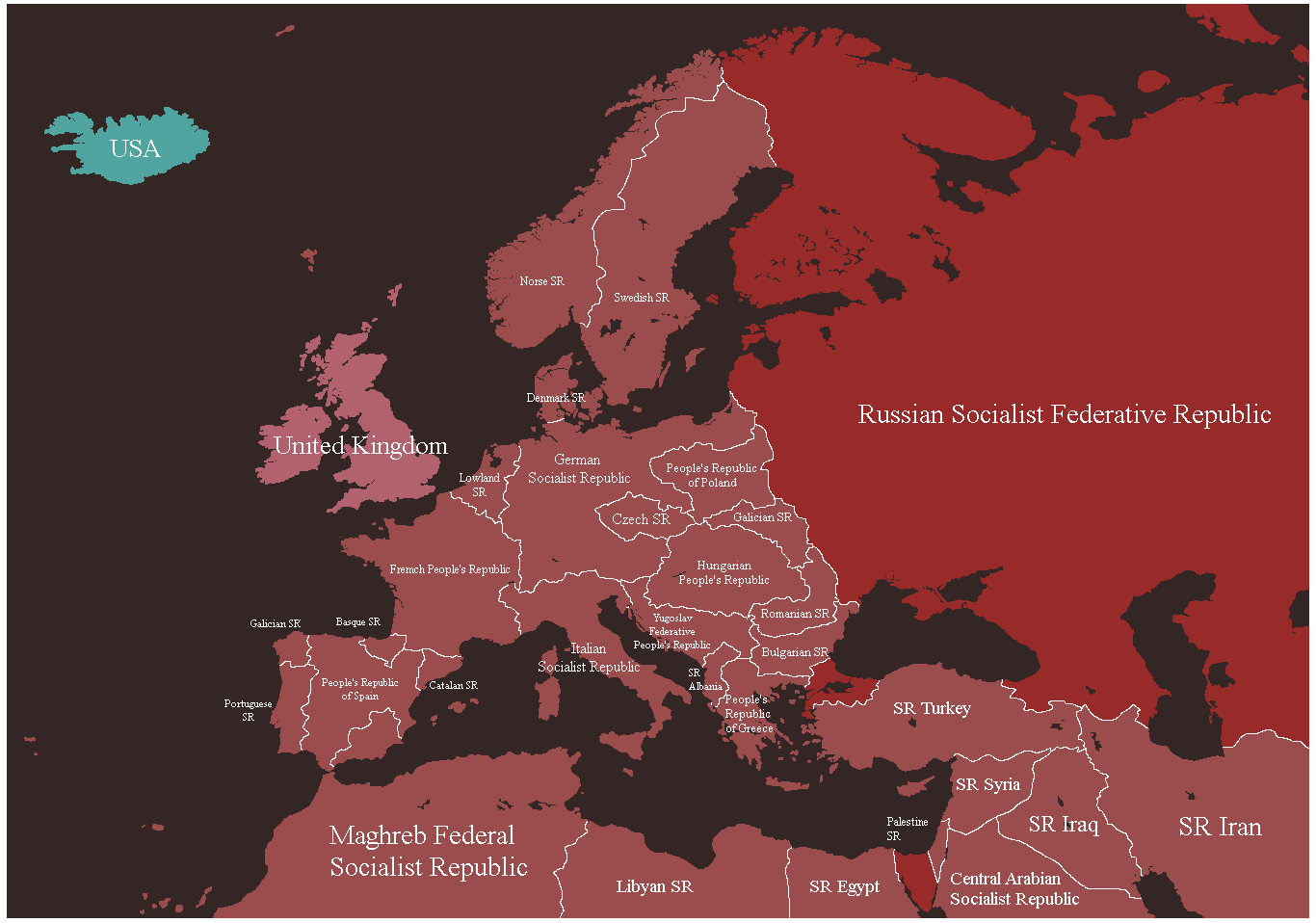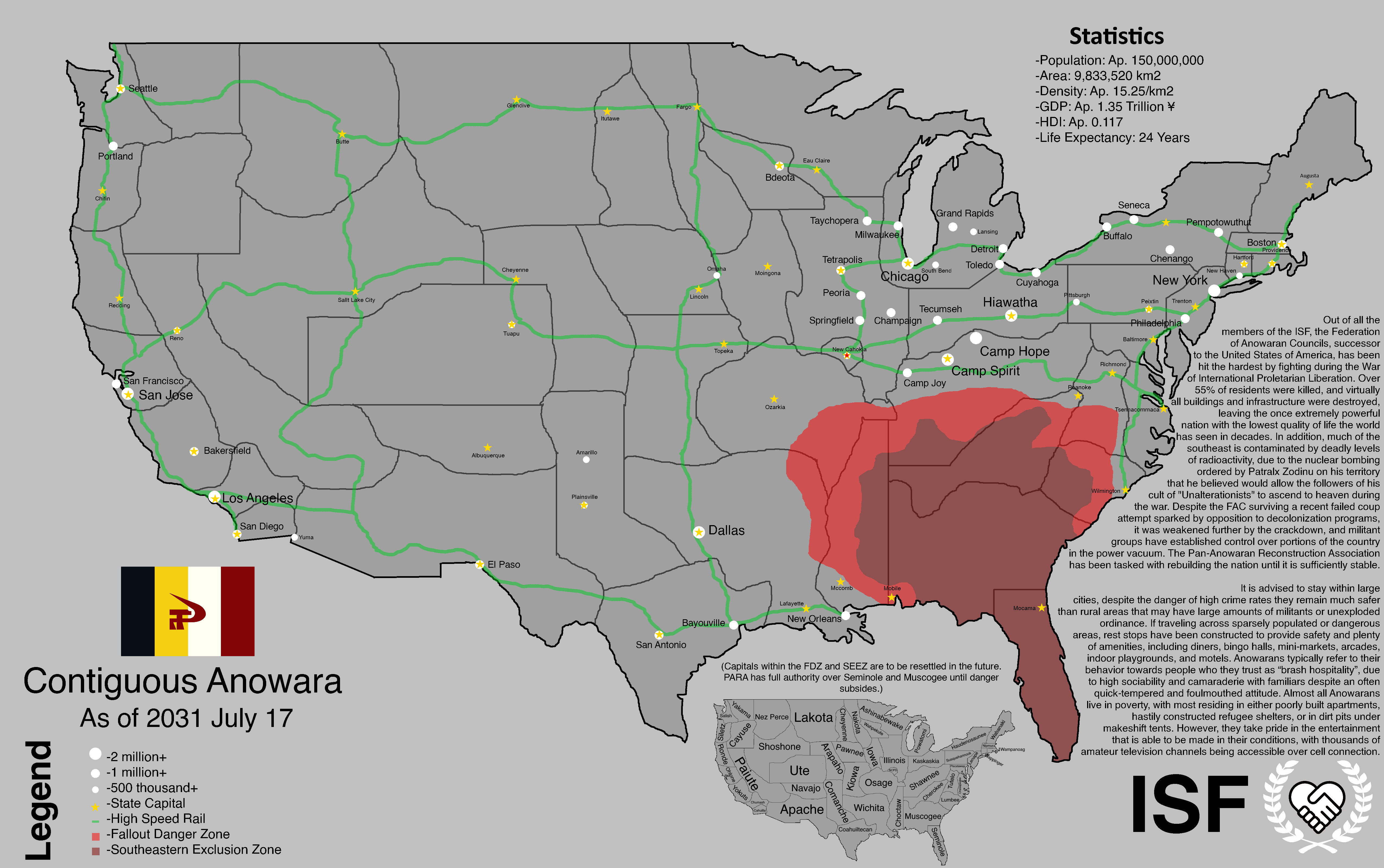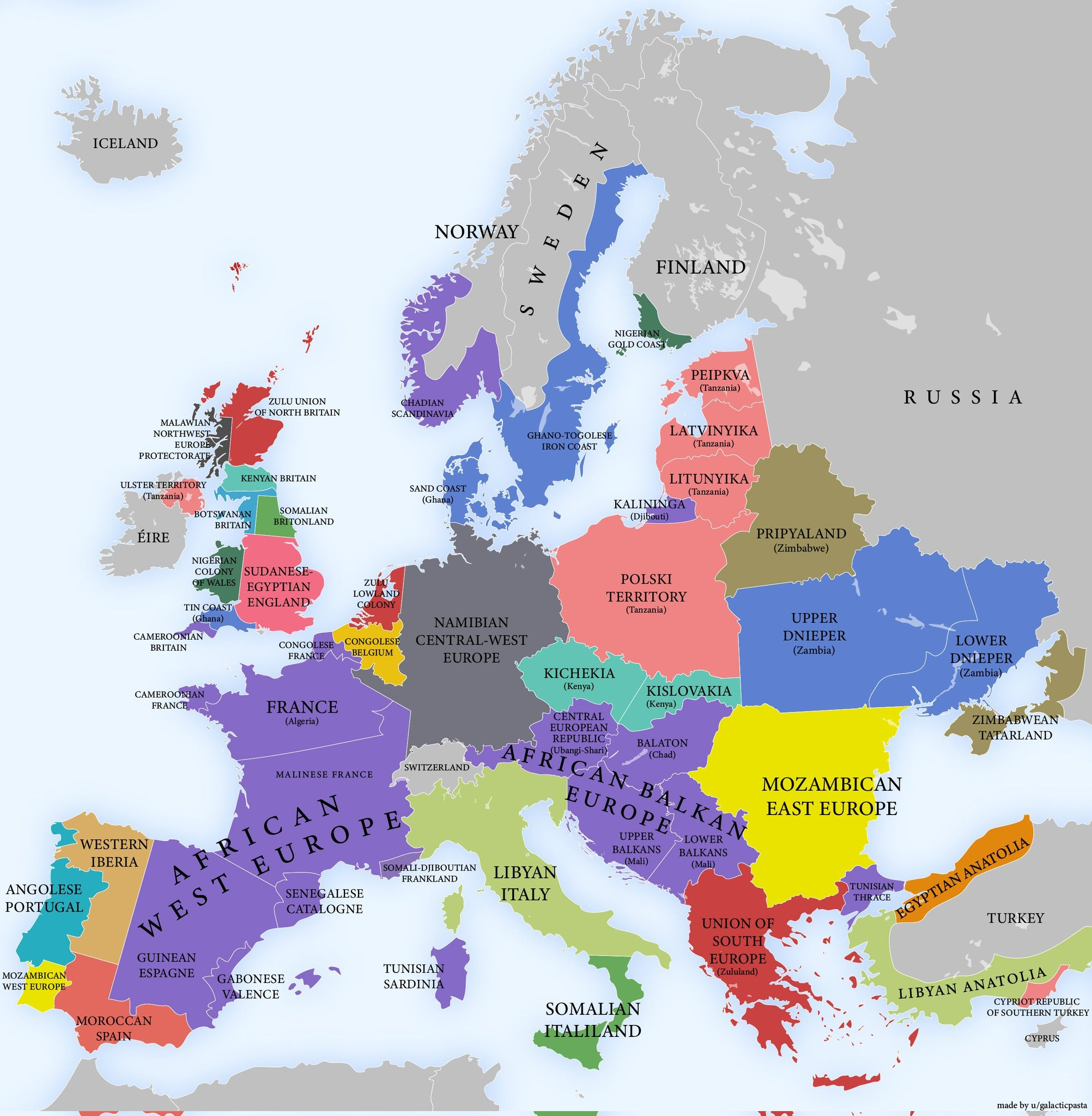This is my protagonist character in my socialist science fantasy world with intelligent animals trying to live in harmony. Think Zootopia but with close to Star Trek levels of technology and with regular animal shaped animals instead of anthros. One of the most common questions I’m asked of this world is how obligate carnivores, like cats, are able to survive without eating meat. I have mostly just matter of factly stated the lore and the sci-fi technologies that carnivores use to digest and properly derive nutrients from plant based food, but I think it’s time I actually told the story. I'd really any and all questions or feedback you have!
This could also be thought of as an in-universe piece of journalism or biography on this character.
Doctor Yvonne Dandelionpaw is an female domestic cat, with a gold and light yellow tabby coloration on her back and most of her tail, with white on her abdomen, muzzle, paws, and the tip of her tail. Her eyes are emerald green, her nose and pawpads are pink, and her whiskers are white. Yvonne was one of a litter of two kittens, born in a Feline town called Caldera where she spent her childhood with her mother and twin brother.
Context
Caldera was a tiny and particularly impoverished agricultural and industrial town, which produced the plant based feed used by prey farms that supplied live (sapient) animals like rodents and small birds to be eaten, but also had a number of chemical plants which converted waste plant material into various useful chemicals like polymers, fabrics, fuels, and more. The Dandelionpaws, who worked in the latter chemical industry, also dabbled in the town’s major informal economy, that of producing unlicensed nutrient supplements and plant-based food alternatives for the many Felines that either detested the barbaric ancestral practice of hunting and eating live prey due to the rise of an ideology called Unitism, couldn’t afford to buy meat, or usually both.
Food insecurity had been rampant among Felines since the dawn of their taxon, as was the life of all purely carnivorous hunter species, simply due to the unpredictability in the availability of prey and the fact that they would obviously resist your attempts to eat them lest they lose their own lives. Domestic cats had a reprieve from this during their time among the humans, but now, millions of years after humanity had mysteriously disappeared from the planet, a bowl of kibble set out in front of them was as far from their minds as the bipedal species themselves, they would have to do everything on their own if they wished to return to such a comfortable, predictable life. Having evolved intelligence far beyond the cats that humans knew, they were no longer content with mindlessly hunting, catching prey, eating the prey after toying with it for a while, and then hunting again. Instead, they now had the faculties to analyze their situation and consider the long term, and they did not like what they saw. Not for themselves nor their poor little prey.
Their domesticated cousins, dogs, not to mention many other traditionally “predator” species and taxa, had already figured out a workable solution: With sufficiently advanced technology and knowledge of the underlying chemistry, artificial supplements of essential nutrients required by carnivores could be synthesized from plants or even inorganic sources, and more, a recent breakthrough in the form of the Dietary Enzyme Supplement supplied artificial digestive enzymes to the body, which could break down plant matter better than a carnivore’s own enzymes, and even directly synthesize essential nutrients inside the body. This world has two predominant ideologies for interspecies relations: Unitism, which says that the greatest potential of all species are realized when they work together and live in peace instead of eating each other, think of it as "vegan socialism." And Trophism, which says that predator-prey relationships are not to be questioned or challenged by neither predator nor prey. The Feline Empire was squarely in the Trophist category.
Many Trophist taxonomic governments, the wolves and bears for example, violently enforce the banning of the use of any form of nutrient or dietary enzyme supplement, lest their citizens have a viable alternative to eating prey. The Felines on the other paw, did not feel the need to spend the untold amount of resources to enforce such a ban beyond simply not intentionally making it available. A case of cats living up to their stereotypes of laziness and apathy? Perhaps. But at the very least, such laziness was helped along by the fact that biologically, all Felines are obligate carnivores, evolved to eat nothing but meat with digestive tracts compatible with little else, and even though the rise of dietary enzymes posed a brief threat to the status quo, it quickly became apparent that they simply did not have the ability to convert the body of an obligate carnivore to plant based food like it did for omnivores like dogs. The problem was mainly one of energy and speed: obligate carnivores would need nearly all of the plant matter they ingest to be converted, but conventional enzymes simply had too low reaction rates to do so effectively before the food reached the other end. Conventional nutrient supplements were no good either, as they had very high production costs and, due to their biology, a Feline would have to replace nearly all of their food intake with these supplements: crippling expensive for the destitute working class. Unitist sentiments and the disdain for the need to eat other intelligent creatures were growing rapidly among the Feline public, but biology itself conspired against those Felines, so they were deemed no threat to the empire.
However, that’s not to say progress was not being made. In fact, it was advancing much faster than the Feline Empire had assumed. Overlooked by the Feline elite, Caldera had become a hotspot for the Feline Unitist movement, regularly harbouring prey animals (including prey farm escapees) and keeping them as safe as they could. Through of under the table research and outright trial and error by the Unitist Felines themselves, they had eventually figured out a complex regimen of cooking and/or fermenting plant based food to break it down, combined with various nutrient supplements and dietary enzymes, which allowed such a plant based life to be just about safe for Felines and just about affordable for working class Felines. Secretly, they spread their new findings far and wide among the Feline public, and it would come to be known after the revolution as the Caldera Method. The only drawback was the fact that such a regimen needed to be followed to the letter, even the slightest deviation could leave a cat, especially a kitten, dangerously malnourished.
Childhood
Yvonne and his brother, though very poor, were lucky in a way, because their mother was a long standing and vocal Unitist, and one that actually had the means to provide both herself and her young kittens with mostly nutritionally complete plant based alternatives due to her direct involvement in the production of said alternatives and the knowledge of how to ensure her kittens received the nutrients they needed without prey. The activities of harbouring prey animals, many of which ended up working in the production of plant based food alternatives, also gave many opportunities for a curious kitten to meet those animals outside of a dinner plate, and many of those prey animals eventually found themselves unlikely friends with the sweet and playful Yvonne, a sentiment that was entirely mutual. It was an unofficial safe haven within the Trophist Feline Empire, where cats and their prey could get a taste of living together in peace, instead of the cats getting a taste of their prey. Instead, they began to see their plant based regimen as more of a ritual, making up songs and rhymes that reminded them how to take care of their bodies in the absence of meat and making the required calculations a little more fun than tedious.
Yvonne took after her mother, sharing her sentiments that cats should live in peace with all other species, as well as her passion for chemistry and chemical engineering. Realizing this, Yvonne’s mother began to teach her young kitten of the chemical world, an extracurricular class that Yvonne came to enjoy far more than her actual schooling. The problem was, Yvonne’s mother had no formal education, she had mostly learned from her experience at work, as well as through the sharing of knowledge among the workers, some of whom were more educated to various extents. Many of these other workers also tutored Yvonne directly, and there were a few initiatives across the Feline Empire of textbook and scientific journal piracy, which Yvonne took full advantage of whenever she had the chance.
Yvonne predictably developed a fascination with nutrient biochemistry, but as she became a teenager and began her foray into the Felines’ latest scientific papers, a new development caught her eye: Intium, a newly discovered particle that showed remarkable properties. It wasn’t on the periodic table, because it wasn’t an element at all. Instead, it was the first ever stable combination of quarks other than the proton and neutron, and the Felines were the first to synthesize it, so it became the talk of the Feline scientific community. Already, uses were being discovered for it, from levitating hovercrafts to the various new compounds that could be made with it, to catalyzing chemical reactions previously thought impossible. Yvonne now had a goal, a pipe dream that she knew she would have an uphill battle achieving: She wanted to learn all about this new particle, and potentially, if the stars align, to work with it in a lab where she could explore the possibility that it could be the solution to the Felines’ nutrient problem.
Young Adulthood
Outside Caldera, things were changing at a rapid pace. Unitism had firmly taken root as the ideology of choice among the Feline working class, spurred on by more and more interactions with their former prey animals, and the development of better methods for them to subsist on plants, though still very cumbersome, error prone, and less than optimal. The Feline Empire was not happy about this of course, but by then they had lost control, and despite more and more efforts to control these plant based alternatives, they had become so commonplace and so many cats had the knowledge of how they worked, not to mention those cats were also allying with other Unitist species and taxa who helped them to not be predators. By then, a good majority of Felines were committed to no longer eating prey, even though the alternative was still extremely difficult and required the utmost care to pull off safely. The Felines were now between ideologies and philosophies on whether other animals were friends or food, and inching closer to the day when tensions between those philosophies and ideologies would inevitably boil over.
The Royal Feline Science Institute, despite being royal in name, was now mostly comprised of Unitist professors and researchers, some of whom had formed connections with the Unitists in Caldera and their independent chemistry work. Yvonne, who was a newly minted adult at this point, quickly took the opportunity to network with those researchers, who also came to recognize her as a passionate, studious, and promising future chemist. Even though, due to her family lineage and place of residence, she was not eligible for any scholarships, a number of Unitist professors, charmed by the young Unitist and resentful of their superiors, worked with Yvonne and her mother falsify a number of records and covered the costs for her to take the RFSI chemistry faculty’s entrance exam, which, after many sleepless nights spent preparing, Yvonne aced with flying colours, and with those falsified records, made her eligible for a scholarship. So off she went to Moonpeak, the Feline capital city, where she hoped to start her studies, now among many other Unitists like herself, a prospect she could only dream of as a kitten.
Scientific Career
Yvonne initially struggled in her classes, not used to the university format as most of her prior learning had been done on her own in piecemeal fashion. She initially also struggled with lab work, and was said to have a tendency to disregard safety procedures and forgo protective equipment which she perceived as slowing down her work. But, her passion remained unshaken and her professors commented that she never appeared discouraged of frustrated no matter how difficult a concept was for her, was never afraid to admit she didn’t know something, and she was a frequent sight at tutoring sessions and office hours. She was determined not to squander the opportunity that she thought she would never have, and with her tail held high through long days and sleepless nights, powered through her classes, helped by the fact that she never lost her fascination with the things she was studying, it only grew stronger. Around the same time, she became an active member in the Unitist movement in the RFSI and Moonpeak, and also met her best friend and study partner Nikita Almondtail, and they helped each other struggle through their coursework.
She chose her specialization in quantum chemistry, as it seemed the best way for her to get her paws on the coveted Intium. Meanwhile, Nikita went with biochemistry, but they remained close friends and still frequently studied together. It certainly wasn’t easy for her, but eventually Yvonne had completed her Primary Certification, and was now a full-on researcher for the RFSI, working toward a High Certification and beyond. (Keep in mind that cat university is structured differently from human university and grants different qualifications than bachelor or PhD as we would know them.) Yvonne’s dream had come true, she now had the chance to work with Intium. Yvonne and Nikita chose to work on a joint research project for their High Certifications, and after Yvonne had been regaling Nikita about her hunch that Intium might allow Felines to subsist cleanly on plant based food, a hunch that only seemed more true the more that was discovered about it, and given their new qualifications, it seemed like a no brainer. They had worked on many smaller projects independently, but this would be their first time in uncharted territory, with little established knowledge on the topic. They got to work, using the dietary enzymes for omnivores as a starting point. Nikita with her focus on artificial enzyme design and Yvonne with her focus on the novel properties of Intium, began to incrementally improve the existing enzymes for use by obligate carnivores. Making them survive higher acidity, increasing reaction rates, and many more changes.
The new particle proved extremely promising in this application, catalysing reactions far faster than any purely protein-based enzyme could ever achieve. Yvonne would later recount an incident where she had spilled some of the concentrated solution of Intium-based cellulase onto her lab notebook while cleaning up, and not noticing it, simply closed it up and went on her way. That night, she stored her bag next to the heater in her dorm room, which warmed it up to something resembling a Feline body temperature. The next morning, the enzyme solution had burned a hole twice the size of a cat’s paw all the way to both covers, the edges glittering with crystals of glucose that might as well have been diamonds to Yvonne’s eyes. Some time later, as Yvonne and Nikita’s work neared completion, they watched, amazed, as the mixture of cellulose, starch, and other plant nutrients rapidly began to dissolve into their test solution, and in real time, the concentration of glucose momentarily began to rise, before quickly being consumed by their synthesis enzymes and turned into amino acids, taurine, and the myriad other nutrients that cats needed, which began to build up in the solution. The next day, they, against the advice of their project advisors and other researchers in the lab, each swallowed a capsule filled with their new enzymes after fasting the night before, ate a bellyful of raw plants like lettuce and spinach, and began periodic blood testing to track their nutrient uptake. They would both recount this initial test as likely the stupidest thing they’d done in their lives, and it easily could have been their last. At first, it seemed like that could well be the case, as an hour after ingestion, they were both racked with abdominal pain so severe that they described it as their insides being on fire, but, as quickly as it began, it subsided, and subsequent blood tests revealed that it had miraculously worked. Usable nutrients, derived from raw plants, began to flood their bloodstream, and due to the fact that they were brush border enzymes that attached to the lining of the digestive tract instead of being expelled with the food waste, the effect lasted for over a week from a single pill. Eventually, they pinpointed the GI discomfort to the fact that they had foolishly taken a full dose of enzyme all at once, when it had been known for a while that brush border enzyme supplements need a slow ramp-up time to gradually build up its concentration inside the gut to avoid side effects, a limitation they already knew about the omnivore enzymes that theirs had been derived from, but had forgotten about in their haste to prove that their design works.
After some further tests, revisions and fine tuning to ensure it really produced all required nutrients and in the correct proportions, they moved to publish their work, which they initially, very creatively, called the Nutritionally Comprehensive Obligate Carnivore Dietary Enzyme Supplement. However, it would later be decided that it would be named the Almondtail-Dandelionpaw Formulation, or ATDP for short, after its creators. But not after a long and violent battle for Felines to be allowed to use their new breakthrough at all.
The Feline Revolution
As researchers across Feline territory and beyond took note of the new discovery, they began to replicate it. The new dietary enzyme supplement sent shockwaves through the scientific community, initially being met with extreme skepticism and even accusations that the pair had deliberately fabricated the positive test results. But, this was quickly put to rest upon independent testing. They had done it. Within Feline territory, there was no shortage of volunteers eager to try the new supplement, not just to use it as a finished product, but to offer up their own bellies for clinical testing. Yvonne and Nikita were hailed as heroes both in and out of Feline territory, the saviors of predator and prey alike and the harbingers of a new age for Felines, a peaceful, cooperative age where they would finally make peace and officially begin the long process of reconciliation with their former prey. That was, until the king of the Feline Empire got involved.
Overnight, the king invoked an “emergency” legislation power exclusive to him to pass a bill that would outlaw the production, distribution, import, export, and even further research and development of any artificial enzyme in Feline territory, dietary or otherwise, with a mandatory prison term for anyone caught even possessing a copy of Yvonne and Nikita’s paper or anything similar. That afternoon, another emergency bill came that would eliminate the autonomy of the Royal Feline Science Institute and subject it to an unprecedented level of direct oversight by the monarchy. A day later, the Royal Feline Police arrived at the dorms of Yvonne and Nikita to arrest them, supposedly for “perverting the natural order.” But they were long gone by then, in hiding with the help of the Unitist movement. Instead, the royal police were faced with a mob of enraged students and faculty alike, and barely made it out with their tails. At the same time, protests, riots, and attempted insurrections erupted in every part of Feline territory. This wasn’t the first time the Unitist Felines had attempted to rise up against the Feline Empire, but it was by far the strongest, and showed the king the horrifying truth: That the Feline Unitist movement had become much more numerous, much more organized, and much more courageous than he had ever thought them to be. Immediately, Feline territory declared martial law and began to violently suppress the Unitists, torturing and killing any cat or kitten that moved. This, of course, only fueled the fire as the Feline monarchy had shown its full deck of cards, any possible sentiment that they might have cared about the Feline taxon and not just their own power had been erased. In the following days and weeks, the Feline Civil War and Feline Revolution would erupt, which would reveal another truth: Just how many cats within the Feline government and military were secretly Unitists, only discovered as they began to tear the empire apart from the inside out, opting to defect and work with the Unitist insurrectionists instead of the empire they supposedly swore loyalty to. Even the king’s own princess defected. Actually, she had defected a long time ago and helped start this chain of events.
Yvonne and Nikita quickly enlisted in the newly formed Feline Unity Army, the main fighting force of the Unitist revolution. But instead of fighting as soldiers, they sought to use their chemistry expertise to the Unitists’ advantage. They had until this point dedicated their scientific careers to developing solutions that helped Felines among other species, but now, they would do something that even they would later describe as betraying the pacifist ideals they once thought they had. In a haphazard lab set up at the portion of the RFSI campus occupied by Unitist forces, they developed another organo-Intium compound. Not a dietary enzyme this time, but a neurotoxin. Catsbane, as it later came to be called, was a tasteless and odourless chemical that could be laced in food, water, or medicine. Once ingested, it would be processed by the liver into its toxic form, before slipping through the blood brain barrier to interfere with the surface proteins of neurons, gradually cutting off communications within the brain. The victim would first experience mild symptoms like forgetfulness, insomnia, and mental fog, before escalating to coma, permanent brain damage, and death. Catsbane was used to carry out targeted assassinations within the Feline aristocracy and imperial military, with the help of their many friends in high places. They justified this using the fact that were careful to only kill those they targeted and any “collateral damage” was considered completely unacceptable and carefully avoided, a far cry from the actions of the Feline Empire who would torture a newborn kitten to get information out of their parents. They also argued that the effects of the toxin was much more merciful than the actions of the Feline Empire, both to Felines and especially their prey. Though, both Yvonne and Nikita would come to question their actions after the fact, and admitted in interviews that they don’t know how justifiable it was or if there was a better alternative, something that haunts them to this day. But in the heat of the war, there was hardly time to fully explore the morality and implications of their actions, so they pressed on, echoing the line said by many animals in similar positions with the desperate hope that it would be true: that by developing this weapon, they could end the war faster and save countless more lives than they would take.
After an ocean of blood shed, the Feline Revolution came to a close. The Unitists had won, and the Feline Democratic Republic established. As the Felines officially signed the Interspecies Peace Agreement which would outlaw predation by all felines, hopefully forever, a new age was indeed upon them.
“I don’t claim what we did was the best possible thing we could have done, nor do I claim that I somehow have perfect morality. The fact is, we didn’t have time to take a good, introspective look at the ethics of every single minutiae of our revolution, we just wanted it to end and we worked towards that. Do I have my regrets? Of course I do. Do I wish everything could have worked out without the death and violence? Of course I do. I wish plenty of things. I still consider myself a pacifist, but when the enemy is as cruel and ruthless as they were, and we as desperate to end the horrors of predation and the horrors in general as we were, it would be easy for me to say we had no choice, that we made the best decision possible considering the circumstances, that we avoided innocent casualties and therefore didn’t stoop to their level, that what we did was for the greater good, that we saved countless more lives than we took. Is any of that valid? Does it even matter now that it’s happened? I don’t know. Nikita doesn’t either, we’ve discussed this more times after the war than we’ve discussed what plant based food tastes the best. Every time we talk about it we just end up going in circles, and while I can’t speak for Nikita, I know that not knowing has haunted me every night since.” - Yvonne Dandelionpaw, in an interview with Cat TV as part of a documentary about the Feline Revolution.
After the Dust Parted
Yvonne and Nikita both returned to their positions in the now renamed Feline Science Institute, and while Nikita remains there to this day as a biochemistry professor and the coordinator of the ATDP Consortium which was formed to produce and further improve on the formulation, Yvonne, though still keeping in touch with her old friend, set her sights on a new Intium-based technology, called the Quantum Interface, namely the synthesis of Quantum Interface Crystals that powered them. She would make several contributions to this burgeoning field, before an offer came from the Unified Territories, an alliance of many small and medium sized animals, including Rodents, Avians, and many other species that were the Felines’ former, now truly and officially former, prey. They asked Yvonne if she wanted to work at one of their labs that were working on quantum interfaces as a diplomatic assignment. Hesitant at first, she was swayed by the prospect of actively working to help reconcile her own taxon and the taxa that they had prey upon up until now, and accepted, becoming the first ever Feline scientist to work in the Unified Territories, even though she is still employed by the FSI and is only a liaison researcher at her current lab.

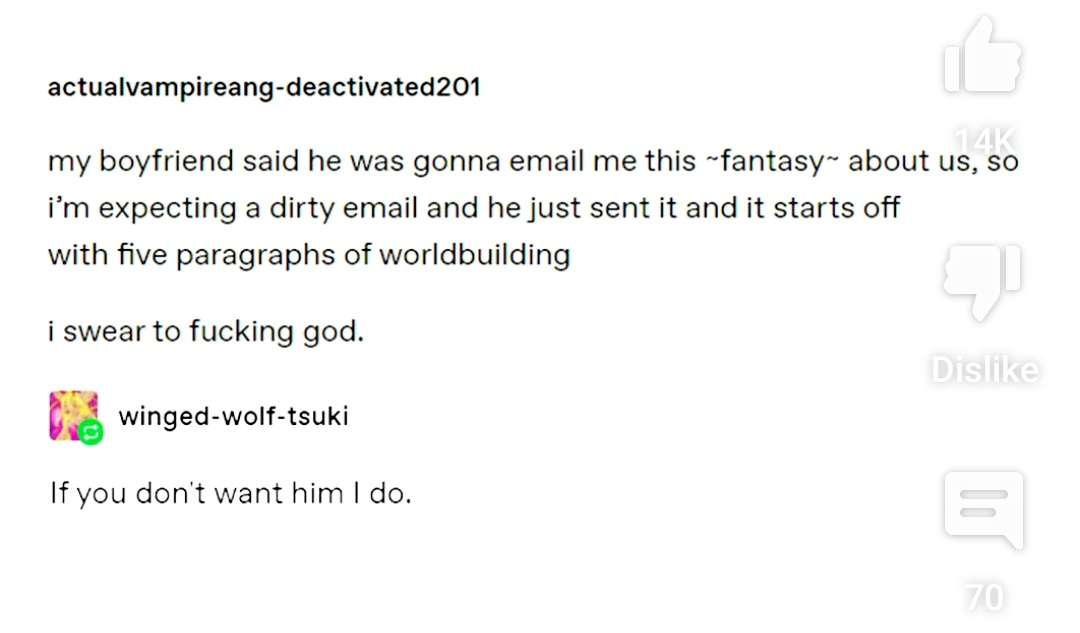
 ). I was getting bored of being a good country, so I had my country get couped and became a theocratic empire, and transition to a capitalist economy. This had pretty devastating effects on the people, and very many became poor. One bit of the story I wanted to make is a majority of class-conscious communists in the government, military, and general population fleeing persecution (the junta was killing suspected communists) to another communist country, the Communist Union of Benteria (which is kinda like if west germany and the DDR were both communist, and then unified). The government were very sympathetic to the fleeing communists and gave them a large empty bit of land to make a semi-autonomous commune. Over time, the commune grew enough to the point where 15-16,000 people occupied it, and they started to make a plan to take over the empire in a cuban revolution-esque plan. So a large force travels to a very rural part of the old country, and brings food and healthcare to the farmers and miners, who desperately need it as the austerity and privatisation had put a lot of them out of jobs (many had jobs in nearby cities, as the gov. ran high-speed trains between cities, but when the new government privatised the rail industries, it became prohibitively expensive to travel by train). By doing this across many rural areas they grow slightly in numbers and declare a few rural towns to be Antegria proper, and the junta's new government to be fraudulent. Is this in any way realistic or practical? Or really a way that a revolution could even happen?
). I was getting bored of being a good country, so I had my country get couped and became a theocratic empire, and transition to a capitalist economy. This had pretty devastating effects on the people, and very many became poor. One bit of the story I wanted to make is a majority of class-conscious communists in the government, military, and general population fleeing persecution (the junta was killing suspected communists) to another communist country, the Communist Union of Benteria (which is kinda like if west germany and the DDR were both communist, and then unified). The government were very sympathetic to the fleeing communists and gave them a large empty bit of land to make a semi-autonomous commune. Over time, the commune grew enough to the point where 15-16,000 people occupied it, and they started to make a plan to take over the empire in a cuban revolution-esque plan. So a large force travels to a very rural part of the old country, and brings food and healthcare to the farmers and miners, who desperately need it as the austerity and privatisation had put a lot of them out of jobs (many had jobs in nearby cities, as the gov. ran high-speed trains between cities, but when the new government privatised the rail industries, it became prohibitively expensive to travel by train). By doing this across many rural areas they grow slightly in numbers and declare a few rural towns to be Antegria proper, and the junta's new government to be fraudulent. Is this in any way realistic or practical? Or really a way that a revolution could even happen?